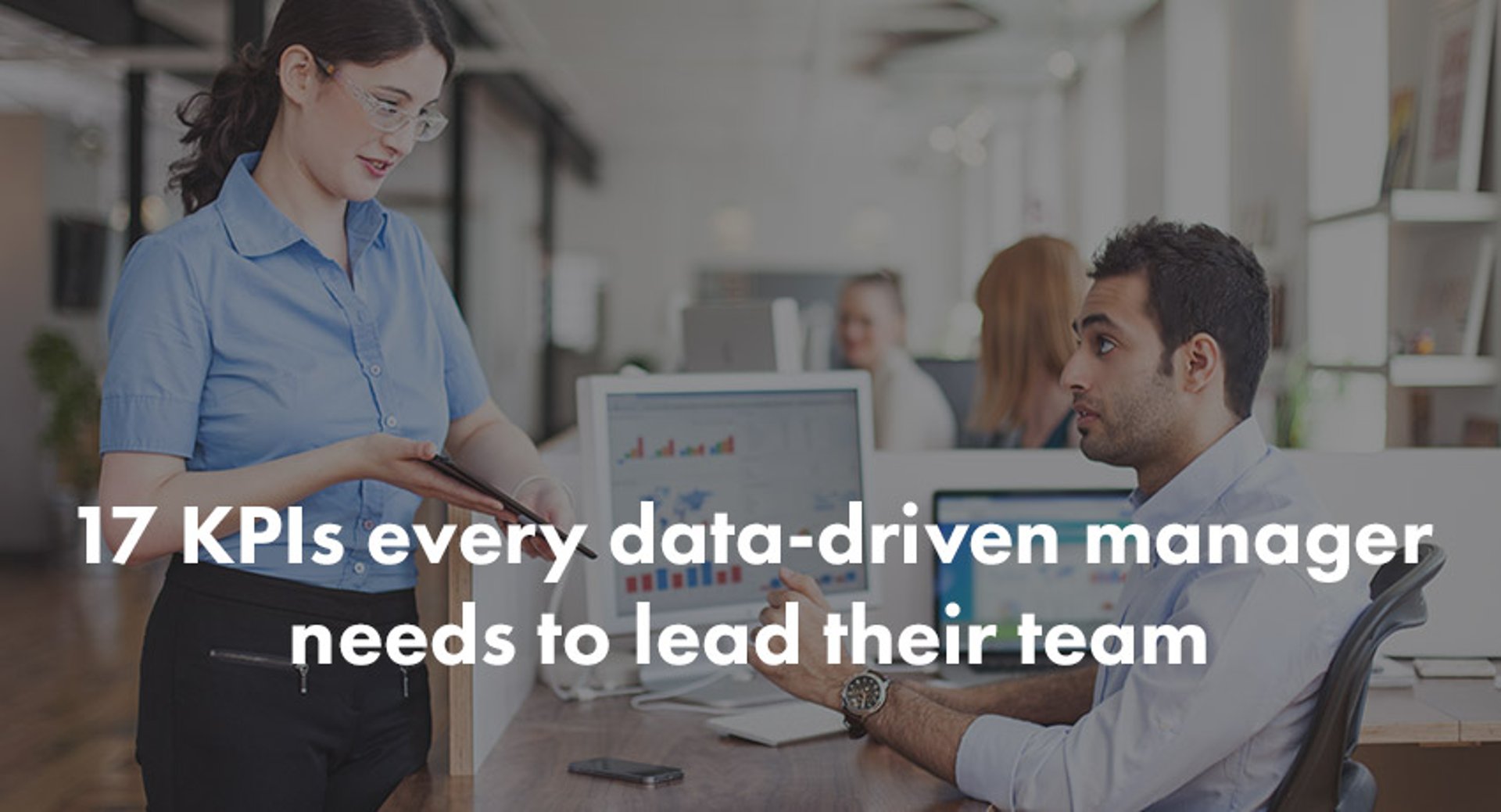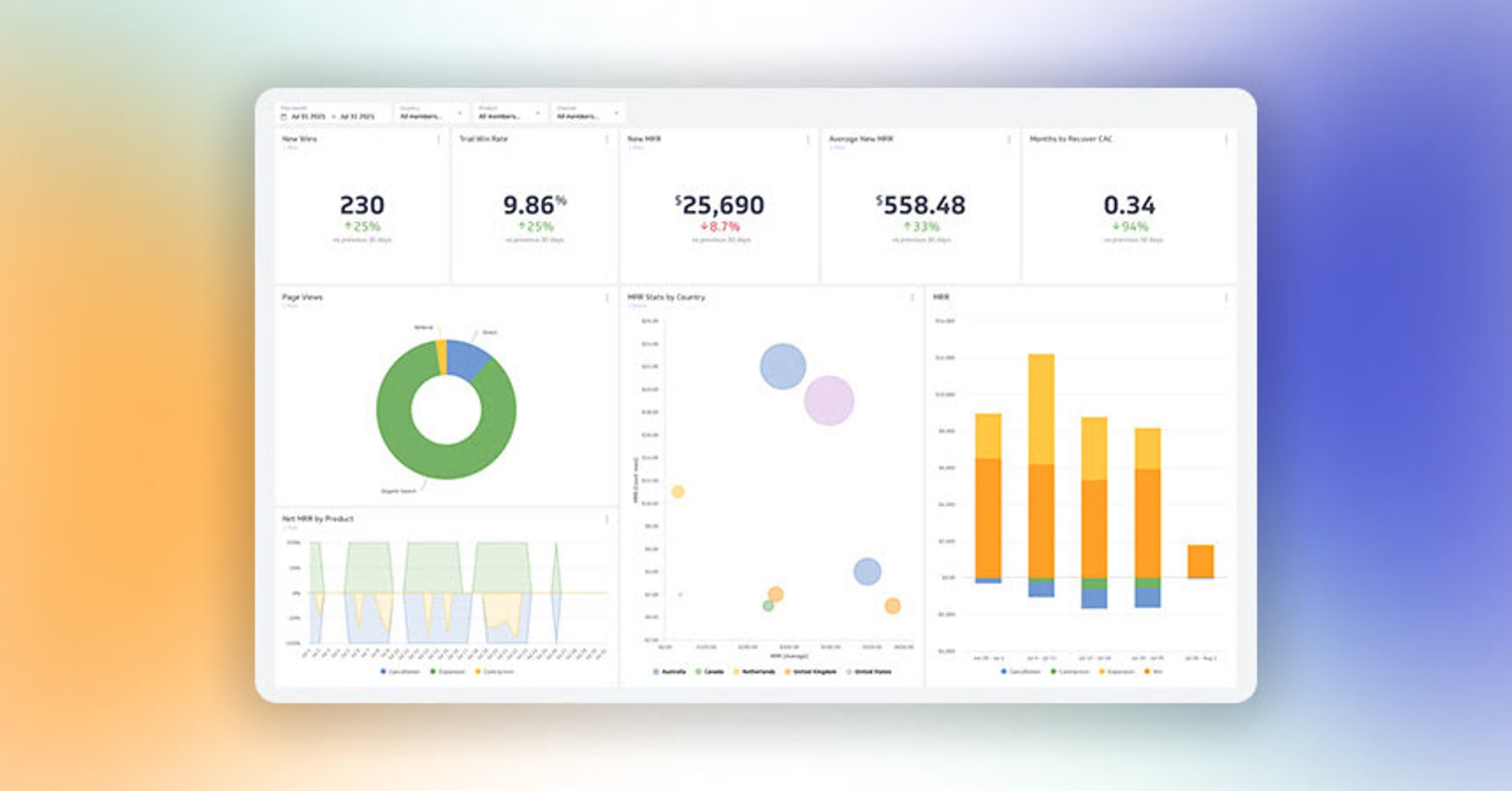The top 10 metrics for building a killer Facebook presence

Published 2023-09-26
Summary - Discover the top 10 metrics for building a killer Facebook presence to maximize your profile growth potential.
It’s difficult to get effective results on Facebook these days with organic-only campaigns. Increasingly, you need a paid spend behind your ads campaign to achieve any effective results. This change – largely brought about thanks to amendments Facebook made to its algorithm – has also altered the mindset when it comes to the most important Facebook engagement metrics. Before, organic metrics such as likes and engagement ruled. Now, it’s all about the best metrics for measuring your paid ad and boosted post spend. In this post we look at the top 10 Facebook analytics metrics you need to be measuring – with a heavy emphasis on measuring Facebook ads and boosted posts.
So let's start with a common question we get: what are the top Facebook metrics that I should be tracking?
The top 10 most commonly tracked Facebook Analytics metrics are:
- Relevance score
- Impressions
- Leads generated
- ROAS (Return on ad spend)
- Video views
- Conversions
- Ad frequency
- CTR (Click through rate)
- CPC (Cost per click)
- Best-performing ad
But before you just take the list of 10 above and leave you should realize that the most common is not always the best for you...
Metrics are unique to the organizations and campaigns they are measuring.
So while this list is designed to give you a start on the metrics that will be useful for tracking Facebook success, it will also need to be customized for your organization.
That’s why, in addition to the main metrics listed here, we’ve also included alternative metrics. That way you can mix and match these to find the ones that will matter most to you.
So feel free to head over to our Facebook analytics solution overview page to start tracking these metrics today.
Relevance score
What it measures
Relevance score is a metric Facebook provides to help measure how relevant your ads are to the audience you’re targeting.
The score is measured on a scale of one to 10. A one means your score is barely relevant to your audience. A 10 means it’s very relevant.
Why it matters
Relevance score is an indispensable metric for measuring why your campaigns are performing as they are.
A low relevance score means Facebook will show your ad less frequently and your cost-per-click will be higher.
A high relevance score, by contrast, will result in more impressions, lower costs and, ultimately, more clicks for your ads.
Alternative and simmilar metrics
- Reach
- Fan reach
Impressions
What it measures
Impressions measures the number of times a Facebook post or ad has been seen.
It applies to both paid and organic Facebook content.
Why it matters
You can’t get any clicks if no one sees your content, right?
Impressions is a key metric for diagnosing the performance of both your ads and your organic posts.
When other metrics further down the funnel – think clicks and conversions – aren’t meeting expectations, impressions could help to diagnose the problem.
Alternative and similar metrics
- Likes
- Comments
- Engagement
Leads generated
What it measures
Leads generated measures the number of potential customers you’ve acquired through Facebook.
This can take many forms, from getting someone to sign up for a newsletter to exchanging their email for an e-book.
Why it matters
Facebook is a great tool for generating leads.
Facebook ads offers a built-in tool for generating leads from within the Facebook interface. This makes it easier for users to express an interest in your product – and simpler for you to generate leads.
But Facebook ads can also be a great tool for an inbound marketing strategy.
If you’re looking to broaden expand your customer base with premium content – think e-books and webinars – Facebook can be a great tool for reaching those new audiences.
Alternative and similar metrics
- Landing page clicks
Return on ad spend (ROAS)
What it measures
Return on ad spend (ROAS) measures the return you receive for every dollar you spend in Facebook advertising.
Usually this measures the revenue you’ve brought in, in the form of conversions attributable to your Facebook ads.
Why it matters
You can spend a lot of money on Facebook ads and not get very far.
ROAS helps to make sure your media budget is driving the results you’re looking for, not going to waste on peripheral goals.
If your ROAS is negative, it means you’re losing money and should either optimize your ads or consider spending your marketing dollars elsewhere.
It can also be a key metric for comparing your Facebook ads to other marketing channels.
That way you can allocate your marketing spend to the tools that are going to have the most impact on your chosen goals.
Alternative and similar metrics
- Cost per conversion
- Cost per action
Video views
What it measures
The number of times users have watched your videos.
Why it matters
Facebook prioritizes native video posts, which make them a useful tool for getting noticed.
It only makes sense, then, that you’ll want to monitor how your video campaigns are performing – particularly in comparison to non-video posts.
Videos can also play a big role in ad campaigns. That’s why you’ll also want to measure and, where possible, optimize their performance there.
Alternative and similar metrics
- Video completions
- Video retention
- Video engagement
Conversions
What it measures
Conversions on Facebook measures the number of times users have completed something you wanted them to do.
Examples include: Make a purchase on your website, register for a webinar or sign up for a newsletter.
Why it matters
Conversions are, in many ways, the ultimate goal of your marketing campaigns – Facebook or otherwise.
Measuring conversions allows you to optimize your campaign to ensure you’re reaching that ultimate goal.
It’s also useful for allowing the system to improve your campaigns’ performance on your behalf.
If you select “conversions” as your marketing objective when setting up a campaign, the Facebook ads platform will automatically optimize for your conversion goal.
This helps to ensure your budget is devoted to creating conversions – not peripheral goals such as impressions or clicks.
Alternative and similar metrics
- Cost per conversion
- Revenue generated
Ad frequency
What it measures
Ad frequency is a rough estimation of the number of times the average user has seen your ad.
Facebook calculates it by dividing impressions (the number of times your ad has been shown) by its reach (the number of people who have seen your ad).
If your impressions increase and your reach stays the same, that means your ad frequency is going to go up.
Why it matters
Ad frequency is the silent killer of Facebook ad campaigns.
The more a user sees your ad without taking any action, the less chance they’re going to convert.
That’s because, on Facebook, ads interrupt the user’s experience.
If a user doesn’t show any interest in your ad the first few times they see it, then they’re probably not at all interested in what your advertising.
Continuing to show your ads to users who don’t care about them is a sure way to see your cost-per-action soar.
Alternative and similar metrics
- Reach
- Fan reach
- Impressions
Click-through rate (CTR)
What it measures
Click-through rate (CTR) measures the percentage of users who, after seeing your ad, clicked through to the landing page.
Why it matters
Click-through rate is an essential metric for measuring the performance of campaigns driving clicks to a website.
Clicks are one way of measuring this. But they don’t tell you if the audience you’re targeting is interacting with your ads.
A high CTR means the people seeing your ad are choosing to take the desired action (click through to the site). That means you’ve done a good job selecting your target audience and serving ads they are interested in.
A low CTR means either your targeting or ad creative (or possibly both) are off.
Alternative and similar metrics
- Clicks
- On-page clicks
Cost per click (CPC)
What it measures
Cost per click (CPC) measures the average amount of money you spend earning a click on a Facebook campaign.
You can get our CPC through dividing your ad spend by the number of clicks your ads are receiving.
(Note: Facebook tracks several different actions under the “clicks” metric. Selecting the “link clicks” metrics will allow you to track clickthroughs to a website).
Why it matters
CPC is one of the most important tools Facebook marketers have at their disposal for measuring how efficiently they are spending the budget on clickthrough campaigns.
The problem with just measuring a metric like clicks is that it doesn’t account for spend.
Example: Say you’ve got two campaigns, one generating 1,000 clicks and the other generating 100.
Seems like the former is doing better, right?
Well, not necessarily. If I told you that the first one had an $1,000 spend (for a $1.00 CPC) and the second had a $50 spend (for a $.50 CPC), you might think differently.
That’s what CPC can help measure.
CPC obviously has its limitations (in the example above, the first campaign still generated more clicks). But it’s one of the best ways to tell how efficiently you’re delivering results.
Alternative and similar metrics
- Clicks
- Cosst per action
Best-performing ads
What it measures
The ads that are earning the most clicks, impressions or conversions (depending on your key performance indicator for a campaign).
Why it matters
Success with Facebook ads is all about two things: monitoring and optimization.
By monitoring your specific ads, you can see which creative is working best with your target audience.
From there you can remove underperforming ads and even incorporate your insights into developing new creative that will perform better.
Alternative and similar metrics
- Top posts
- Top boosted posts
- Top video posts
And that's it!
I hope this post has helped orient you in the landscape of Facebook Analytics and what the most popular metrics are to monitor for success.
For more on Facebook analytics and social media analytics, check out a few of these posts:
- How to Track Facebook Ads in Google Analytics
- Facebook Ads Strategy: Understanding Ad Frequency
- Klipfolio's Facebook and Facebook Ads Integrations
Related Articles

17 KPIs Every Data-Driven Manager Needs to Lead Their Team
By Danielle Poleski — October 14th, 2025
7 ways to present KPIs that your management team will love
By Danielle Poleski — September 25th, 2025
12 Important Sales Enablement Metrics You Shouldn't Miss
By Grace Lau — September 19th, 2025

